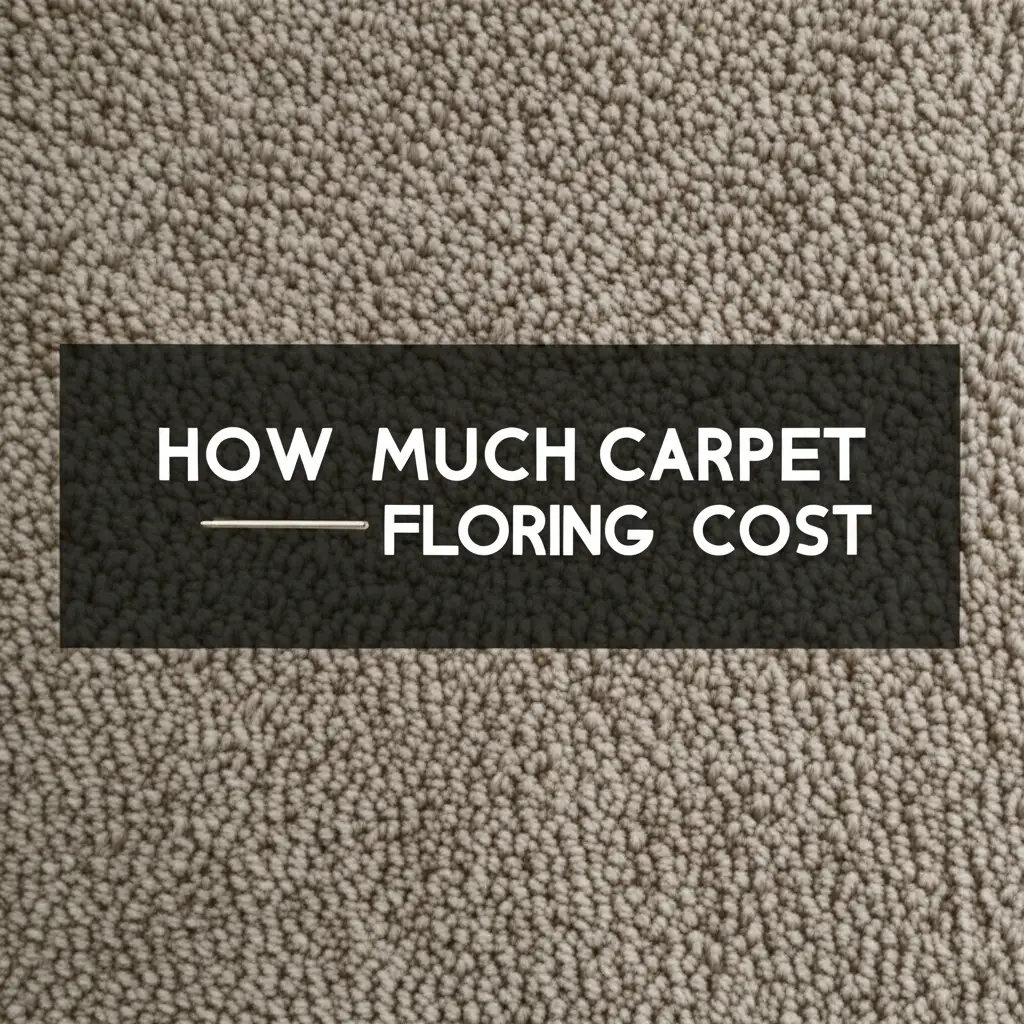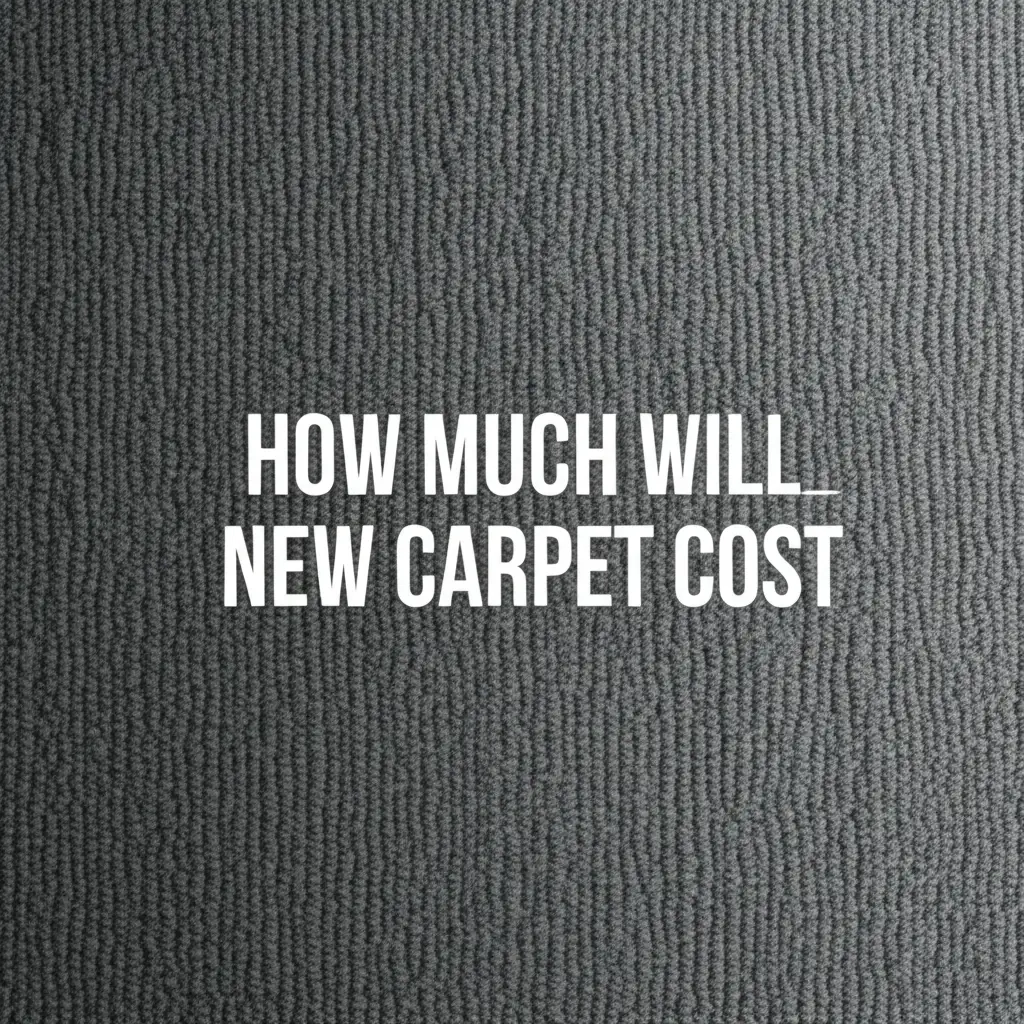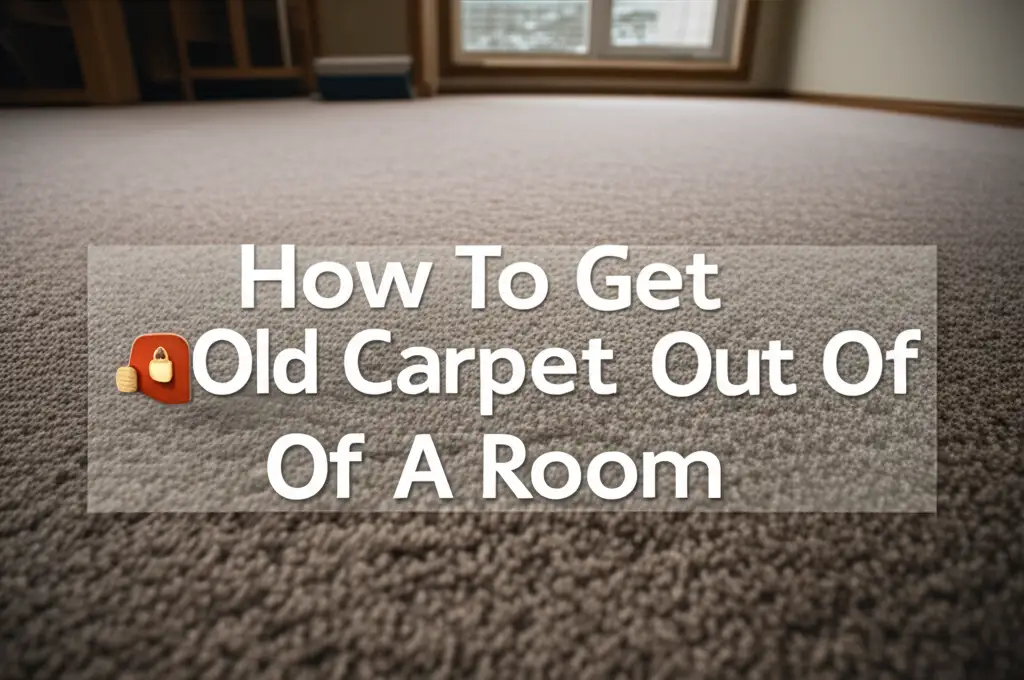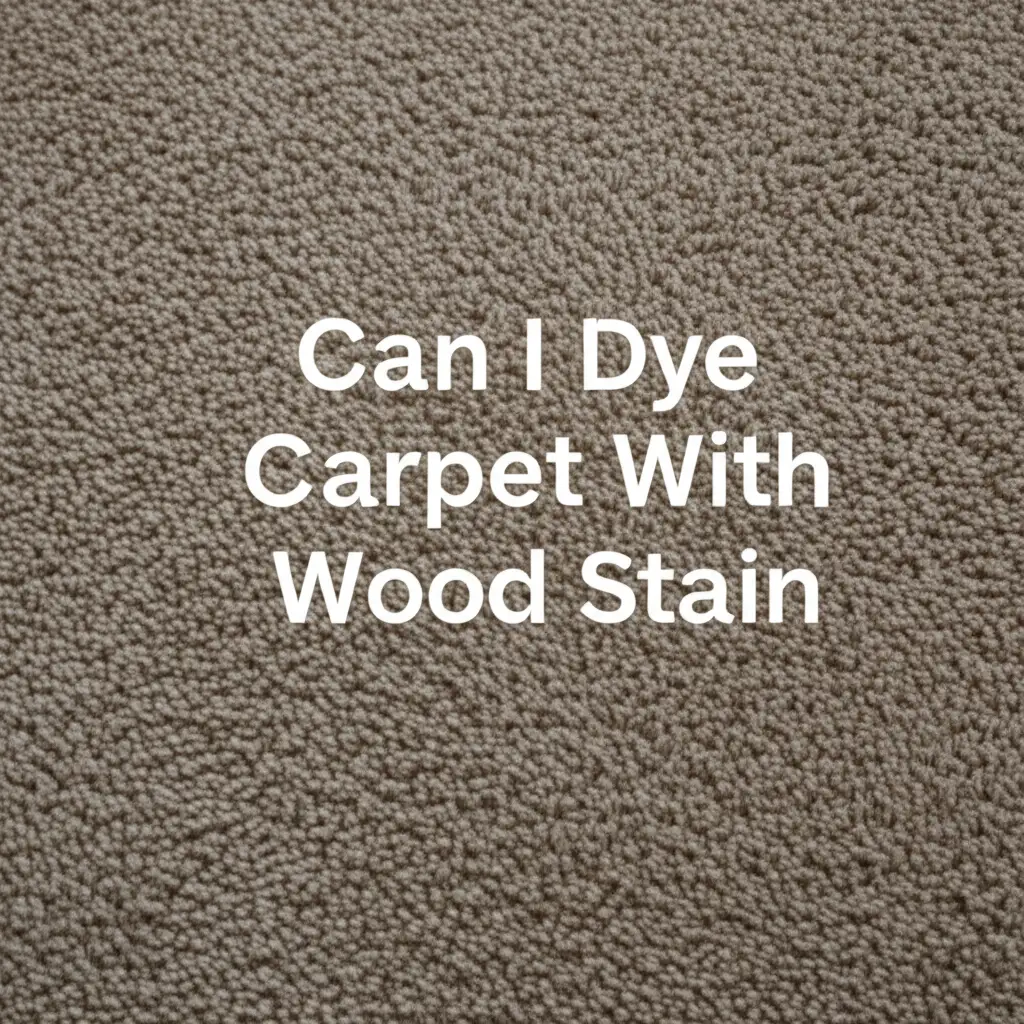· Elira Thomsen · Home Improvement · 15 min read
How Much Carpet Flooring Cost

Carpet Flooring Cost: Your Complete Guide to Budgeting
Thinking about new carpet for your home? You are not alone. Many homeowners dream of soft, warm floors. Understanding the full carpet flooring cost is a first step. It helps you plan your budget. I know it can feel confusing with so many choices.
This guide helps you break down the expenses. We will look at material types and installation fees. We will also cover common hidden costs. My goal is to give you a clear picture. You will learn how to estimate your project budget. Let’s make your carpet dreams a reality.
Takeaway
- Carpet flooring costs range widely based on material, padding, and installation.
- Expect to pay between $2 and $8 per square foot for materials, and $1 to $3 per square foot for installation.
- Factors like room size, carpet type, and subfloor conditions impact total price.
- Consider additional costs such as old carpet removal or furniture moving.
- Professional installation offers expertise and saves time, while DIY saves labor costs.
- Smart shopping and proper maintenance extend carpet life, saving money long-term.
The cost of carpet flooring generally ranges from $3 to $11 per square foot installed. This price includes both the carpet material and the professional installation. Factors like carpet quality, padding type, and room complexity heavily influence the final cost. Always get detailed quotes for an accurate estimate.
Understanding the Core Elements of Carpet Flooring Cost
When you consider new carpet, several main components add to the total cost. These include the carpet material itself, the padding beneath it, and the labor for installation. Each part has its own price range. Knowing these elements helps you budget accurately. I always break down the costs this way.
High-quality materials cost more upfront. But they often last longer. Installation fees vary based on your location and the complexity of the job. You should understand each part to see the full picture.
Carpet Material Costs Per Square Foot
The carpet itself is a major part of your expense. Carpet material costs range widely. You can find basic options for as little as $2 per square foot. Premium, durable carpets can go up to $8 or more per square foot. The fiber type greatly affects this price.
Nylon and wool are usually more expensive. Polyester and olefin are more budget-friendly. Your choice affects how the carpet looks and feels. It also impacts how long the carpet lasts.
Carpet Padding and Underlayment Prices
Carpet padding is essential. It goes under the carpet. Padding provides comfort and insulation. It also extends the life of your carpet. Padding costs usually range from $0.30 to $1 per square foot.
The density and thickness of the padding affect its price. Thicker, denser pads offer better support. They also make the carpet feel softer underfoot. Do not skip good padding to save money. It protects your investment. You can learn more about what purpose extra flooring under carpet serves.
Professional Carpet Installation Labor Costs
Professional installation ensures a proper fit and finish. Labor costs for installing carpet typically range from $1 to $3 per square foot. This includes cutting, seaming, and stretching the carpet. Some installers charge hourly rates.
Others give a flat fee per project. The complexity of your room affects labor time. Stairs or oddly shaped rooms take longer. Always ask for a written quote that details labor charges. For a broader view, compare this to how how much new carpet will cost generally.
Factors Influencing Your Total Carpet Flooring Price
Several specific factors can change your final carpet flooring cost. These go beyond the basic material and labor prices. Things like the size of your room, the specific type of carpet you choose, and even what needs to happen to your old floor will affect the total. I always remind people to think about these details. They add up quickly.
Considering these points helps avoid surprises later. A little planning saves money. It also makes the installation smoother.
Room Size and Layout Impact
The size of the area you want to carpet directly affects the total cost. Larger rooms use more material and take more labor time. Square or rectangular rooms are simpler to carpet. Rooms with many corners, angles, or obstacles increase the complexity.
This complexity can raise labor costs. Installers need more time for precise cuts and seams. It also might lead to more material waste. Always provide accurate measurements for quotes.
Carpet Quality and Fiber Types
The type of carpet fiber impacts both durability and price. Nylon is very durable and stain-resistant, costing more. Polyester is less expensive and good for low-traffic areas. Wool is a luxurious choice, but it is the most expensive.
Olefin and Triexta offer mid-range options. Each fiber has different pros and cons. Your lifestyle and budget should guide your choice. Higher quality carpets often last longer.
Old Carpet Removal and Disposal Fees
Removing existing carpet adds to your project cost. Installers often charge $0.50 to $1.50 per square foot for removal. This fee covers pulling up the old carpet and padding. It also includes hauling away the debris. You can save money by removing the old carpet yourself.
However, it is a dirty and strenuous job. Make sure you have a plan for disposal. Otherwise, factor this cost into your budget.
Subfloor Preparation Requirements
The condition of your subfloor matters. A smooth, clean, and dry subfloor is necessary. If your subfloor needs repairs, it adds to the cost. This might include patching holes or leveling uneven areas. Minor repairs can cost $100 to $300.
Major subfloor work can be much more expensive. Always have the installer inspect the subfloor. This prevents problems and unexpected charges. Sometimes, you need to consider if 1/2 inch plywood is okay for flooring beneath carpet.
Different Carpet Types and Their Associated Costs
The type of carpet you choose significantly influences your overall carpet flooring cost. Different fibers offer varying levels of durability, stain resistance, and softness. They also come at different price points. Understanding these differences helps you make an informed decision based on your needs and budget. I always tell my clients to think about foot traffic.
A high-traffic area needs a more durable, often more expensive, carpet. A guest room might be fine with a budget-friendly option. Let’s look at the most common types.
Budget-Friendly Polyester and Olefin
Polyester (PET) carpet is known for its softness and vibrant colors. It resists stains from water-based spills well. However, it is less durable than nylon. Polyester typically costs between $1.50 and $4 per square foot. It is a good choice for bedrooms or low-traffic areas.
Olefin (Polypropylene) carpet is very moisture and mildew resistant. It is often used in basements or outdoor areas. Olefin is also very budget-friendly, usually ranging from $1 to $3 per square foot. It is less resilient and can flatten over time.
Durable Nylon and Triexta Options
Nylon is the most popular carpet fiber. It is extremely durable and resilient. Nylon resists wear, crushing, and matting. It also takes dyes well, so colors are vibrant. Nylon carpet costs range from $2.50 to $8 per square foot. It is ideal for high-traffic areas like living rooms and hallways.
Triexta (SmartStrand) is a newer synthetic fiber. It offers excellent stain resistance and durability. Triexta is also soft and eco-friendly. It is comparable to nylon in performance but often slightly more expensive. Prices for Triexta usually fall between $3 and $7 per square foot.
Luxurious Wool Carpeting
Wool carpet is a natural, luxurious option. It is incredibly soft, durable, and naturally flame-resistant. Wool also helps to regulate humidity. It has excellent insulation properties. However, wool is the most expensive carpet type.
Expect to pay $5 to $15 or more per square foot for wool carpet. It is a premium choice. Wool is perfect for those seeking comfort and natural beauty. It requires specific care, but it can last for decades.
Additional Costs to Consider for Your Carpet Project
Beyond the basic material and installation, several other factors can impact your total carpet flooring cost. These are often overlooked until the last minute. Thinking about them beforehand helps you create a realistic budget. I always encourage clients to make a checklist.
Things like moving furniture or working around stairs can add significant time and expense. Being prepared for these extra charges avoids frustration. Let’s look at what else might come up.
Furniture Moving and Appliance Disconnection
Carpet installers usually charge extra for moving furniture. This service can cost $25 to $100 per room or more. If you have heavy items, like pianos or large entertainment centers, the cost might be higher. You can save money by moving furniture yourself before the installers arrive.
Also, consider any appliances that need disconnection, like washing machines in a laundry room. This often requires a licensed professional. Factor this cost into your budget.
Stairs and Complex Layouts
Carpeting stairs or rooms with complex layouts increases labor costs. Stairs require more precise cuts and specialized installation techniques. Each step adds to the time and effort. Stair installation can add $10 to $20 or more per step. Similarly, rooms with many angles, closets, or curved walls take longer.
These intricate spaces require more skill and time. This makes the installation more expensive. Always point out these features when getting quotes.
Transition Strips and Trim
When carpet meets another type of flooring, you need transition strips. These strips create a smooth seam and prevent tripping hazards. They cost about $5 to $20 per linear foot. Trim work around edges, like baseboards, also adds to the cost.
Sometimes, baseboards need removal and reinstallation. This can add labor and material costs. Discuss these details with your installer.
Customization and Specialty Services
Some carpet projects require special services. This might include custom-cut rugs from broadloom carpet. Or perhaps you need carpet binding for stair runners. These services add to the overall cost. For example, can you bind your own carpet? While possible, professional binding adds a finished edge.
Pattern matching for patterned carpets also takes more time and skill. This results in higher labor costs. If you want a unique look, expect to pay more for these specialized touches.
DIY vs. Professional Carpet Installation: A Cost Comparison
When planning your carpet project, you face a big decision: do it yourself or hire professionals? This choice heavily impacts your total carpet flooring cost. Doing it yourself saves on labor, but it requires time, tools, and skill. Hiring experts brings peace of mind and quality work. I often weigh these options with people.
Think about your experience level and how much free time you have. Both options have distinct advantages and drawbacks. Let’s explore them.
DIY Carpet Installation Savings and Challenges
DIY carpet installation can save you a significant amount on labor costs. You avoid the $1 to $3 per square foot charge for professional installers. You only pay for materials, padding, and tools. This can be appealing if you are on a tight budget.
However, DIY carpet installation is challenging. It requires specialized tools like a power stretcher, knee kicker, and seam iron. These tools are expensive to buy or rent. Improper installation can lead to wrinkles, uneven seams, or damaged carpet. This often results in more costs down the line.
Benefits of Professional Carpet Installers
Hiring professional carpet installers ensures the job gets done right. They have the experience and proper tools. Professionals install carpet efficiently and correctly. This means a smooth, long-lasting finish. They also handle subfloor preparation and old carpet removal.
Their expertise prevents common mistakes. This saves you money on future repairs or reinstallation. While it costs more upfront, professional installation provides peace of mind. It also ensures your carpet warranty remains valid.
Maximizing Value: Tips for Saving on Carpet Flooring Costs
Even with varying prices, you can still find ways to manage your carpet flooring cost. Smart strategies help you get the best value for your money. It is not always about choosing the cheapest option. Sometimes, it is about making informed decisions that save you money in the long run. I always advise my clients to be strategic.
A bit of planning and research goes a long way. These tips help you stretch your budget further. You can achieve your carpet goals without overspending.
Shop Smart for Deals and Sales
Timing your purchase can lead to significant savings. Carpet retailers often have sales events throughout the year. Look for promotions around holidays or during seasonal clearances. Shopping around different stores helps you compare prices. Ask about remnant pieces for smaller rooms.
These are often discounted because they are leftover stock. Buying remnants saves money on material costs. Also, consider end-of-roll deals. These small savings add up.
Accurate Measurement Prevents Waste
Precise measurements are crucial. Over-ordering carpet means wasted material and money. Under-ordering means delays and potential color mismatch for a second order. Many carpet stores offer free in-home measurements. Take advantage of this service.
Even if you DIY, double-check your measurements carefully. Factor in pattern repeats if you choose a patterned carpet. Accurate planning saves both time and material costs.
Long-Term Maintenance Saves Replacement Costs
Proper carpet maintenance extends its lifespan. Regular vacuuming removes dirt that can damage fibers. Promptly cleaning spills prevents stains from setting. Professional carpet cleaning every 12-18 months helps remove deep-seated dirt. This keeps your carpet looking fresh.
Good maintenance reduces the need for early replacement. This saves you significant money over time. Consider how much carpet shampooing costs as part of your ongoing budget.
Long-Term Carpet Costs and Lifespan Considerations
When you think about carpet flooring cost, do not just consider the upfront price. The long-term costs and lifespan of your carpet matter greatly. A cheaper carpet might need replacing sooner. A more expensive, durable one could last for many years. I always tell people to think about the total cost of ownership.
Understanding how different factors affect your carpet’s longevity helps you make a wiser investment. This includes knowing when to clean or repair it.
How Carpet Quality Affects Lifespan
The quality of your carpet directly impacts how long it lasts. Higher-quality fibers, like nylon or wool, offer better durability. They resist wear and tear more effectively. A dense pile construction also contributes to a longer lifespan. A durable carpet can last 10 to 20 years.
A lower-quality carpet might only last 5 to 7 years. Investing in a better quality carpet upfront can save you money. You avoid frequent replacement costs. This is often true for 20-year carpet options.
Importance of Regular Carpet Cleaning
Regular cleaning is vital for maintaining your carpet’s appearance and extending its life. Dirt and debris can wear down carpet fibers. Vacuuming frequently removes surface dirt. Professional deep cleaning extracts embedded dirt and allergens. This prevents fiber damage and keeps colors vibrant.
Skipping regular cleaning leads to faster deterioration. It also makes your carpet look older sooner. A clean carpet lasts longer. It also contributes to a healthier indoor environment.
When to Consider Carpet Restretching
Over time, carpets can develop wrinkles or ripples. This happens due to heavy foot traffic, humidity changes, or improper installation. Carpet restretching removes these imperfections. It smooths out the carpet. This service extends the carpet’s life and improves its appearance.
Restretching costs less than replacing the entire carpet. If you see waves in your carpet, consider restretching it. Learning how much it costs to get carpet restretched can save your carpet. This simple fix can add years to your flooring.
FAQ Section
Q1: What is the average cost to carpet a 10x12 room? A 10x12 room is 120 square feet. If carpet and installation cost $3 to $11 per square foot, the total would be $360 to $1,320. This estimate does not include old carpet removal or subfloor repairs. Always get specific quotes for accurate pricing.
Q2: Does carpet padding really make a difference in cost and comfort? Yes, carpet padding significantly impacts both cost and comfort. It adds about $0.30 to $1 per square foot. Padding provides a softer feel underfoot and acts as an insulator. It also protects the carpet backing, extending the carpet’s lifespan.
Q3: Is it cheaper to buy carpet at a big box store or a specialty carpet store? Big box stores often have lower material prices due to bulk buying. However, their installation services might be outsourced. Specialty carpet stores may offer higher quality carpets and more experienced installers. Compare total quotes, including installation and any hidden fees, from both.
Q4: How do I measure my room for carpet to get an accurate estimate? Measure the length and width of your room at its longest and widest points. Multiply these numbers to get the square footage. Add 5-10% for waste, especially for odd-shaped rooms or patterned carpet. Always double-check your measurements.
Q5: What are common hidden costs when installing new carpet? Common hidden costs include old carpet removal and disposal fees. Subfloor repairs are another common surprise. Moving heavy furniture, working with stairs, or installing transition strips also add to the final bill. Always discuss all potential charges with your installer upfront.
Conclusion
Understanding the full carpet flooring cost helps you make smart choices for your home. We have explored the main components of carpet pricing, from material types to installation fees. You now know that factors like room size, carpet quality, and subfloor condition play a big role. I hope this guide gives you confidence.
By considering all potential expenses, you can create a realistic budget. Remember that investing in quality carpet and professional installation often saves money in the long run. Take your time to compare options and get detailed quotes. Your perfect new carpet is within reach. Start your budgeting today and enjoy soft, comfortable floors for years to come.





